| Home |
Contents | Downloads | Resources |
Resources Related to Chapter 5: Pioneers
| Page 28: A Good Decision - The Mooneys Come West | Page 29: Mrs. Weightman Makes a Fresh Start |
| Page 30:
How to Build a “Soddy”. |
Page 31: The Half-Way House |
| Page 32: The Mailman |
Page 28: A Good Decision - The Mooneys Come West


Millford, established in 1880, was the first village south of the Assinboine River

This maps shows stage and mail routes in the early 1880's. For a short time Millford it was an imporatnt place. Many settlers to the southwest corner came up the Assinipoine by steamboat, disembarked at the Millford Landing, and poroceded south and west.

This 1881 map shows settlement numbers in 1881. One dot equals 50 people.
Vantage Points Articles
Mr. Barneby's Visit
Web / PDF
Vol. IV, P55
Page 29: Mrs. Weightman Makes a Fresh Start

Mrs. Elizabeth Weightman, a widow from northern England, and her children, arrived at their homestead in the spring of 1882 after a fifty-six day journey from Edinburgh, Scotland.
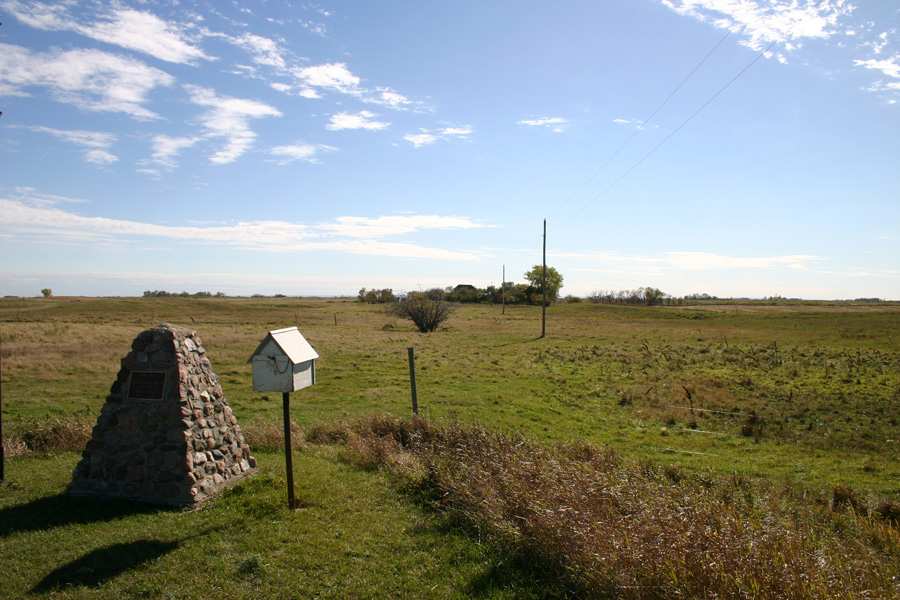
A school, also called West Hall was built on the Weightman property. Their original
farm yard is not occupied, but visible in the background.
Vantage Points Articles
Mrs. Weightman Comes to Canada
Web / PDF
Vol. IV, Page 32
Page 30: How to Build a “Soddy”.
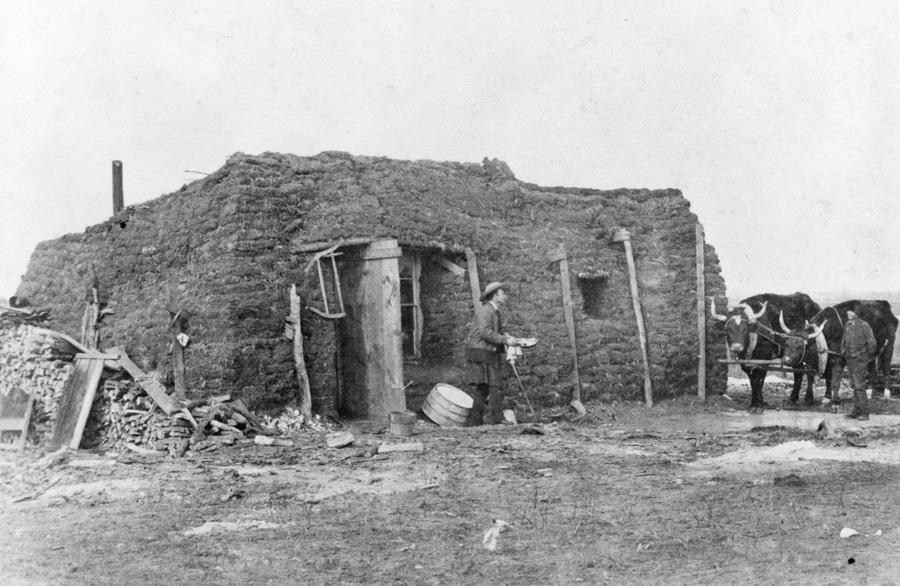
Most people used their sod huts for just a few years before upgrading to wood.
Page 31: The Half-Way House
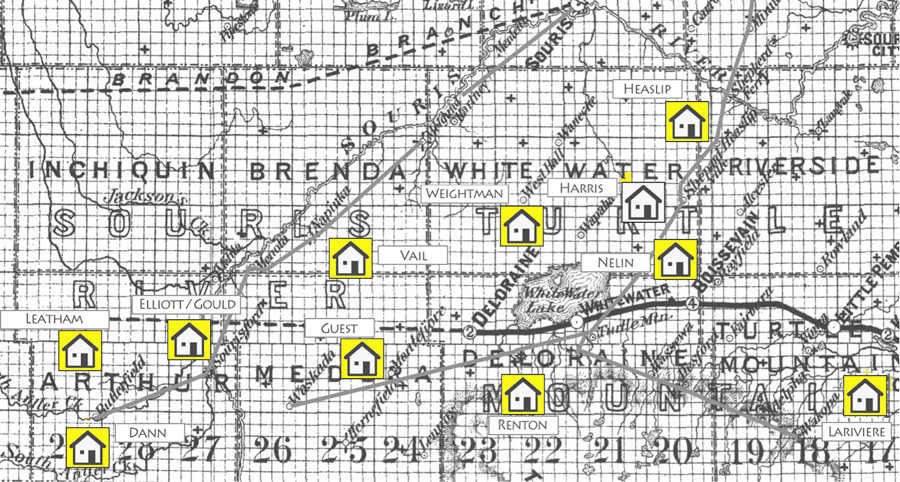
Halfway Houses were a combination; restaurant, motel, and livery stable. It was like a bed and breakfast with an extra meal thrown in – plus a gas station to fuel up your horse!
Vantage Points Articles
The Halfway House
Web / PDF
Vol. IV, Page 21
Page 32: The Mailman
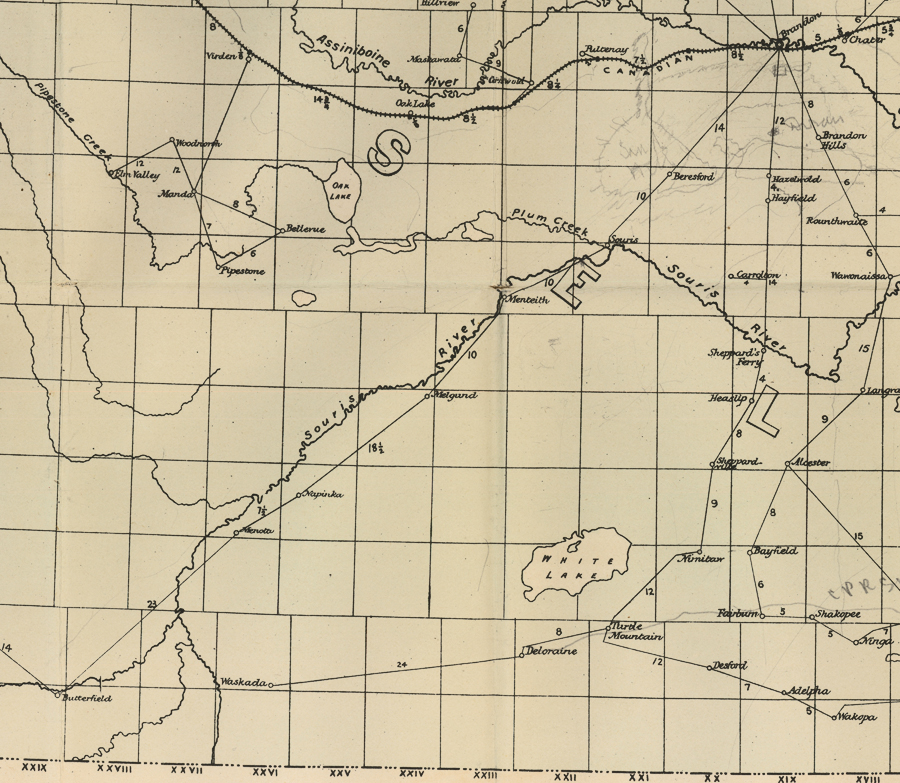
In the early 1880’s the main road from Old Deloraine to Brandon was the Heaslip Trail named
for Sam Heaslip who established the trail and used it to deliver the mail.
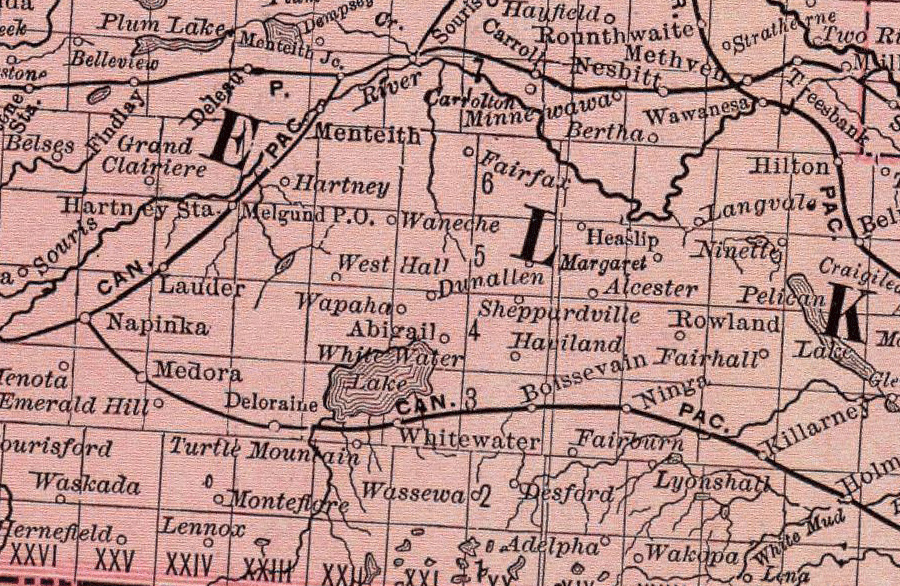
Most of the "communities" on this map were just post offices, often in homes.
Vantage Points Articles
Sam Heaslip - The "Stage Coach" Mailman
Web / PDF
Vol. IV, Page 17
